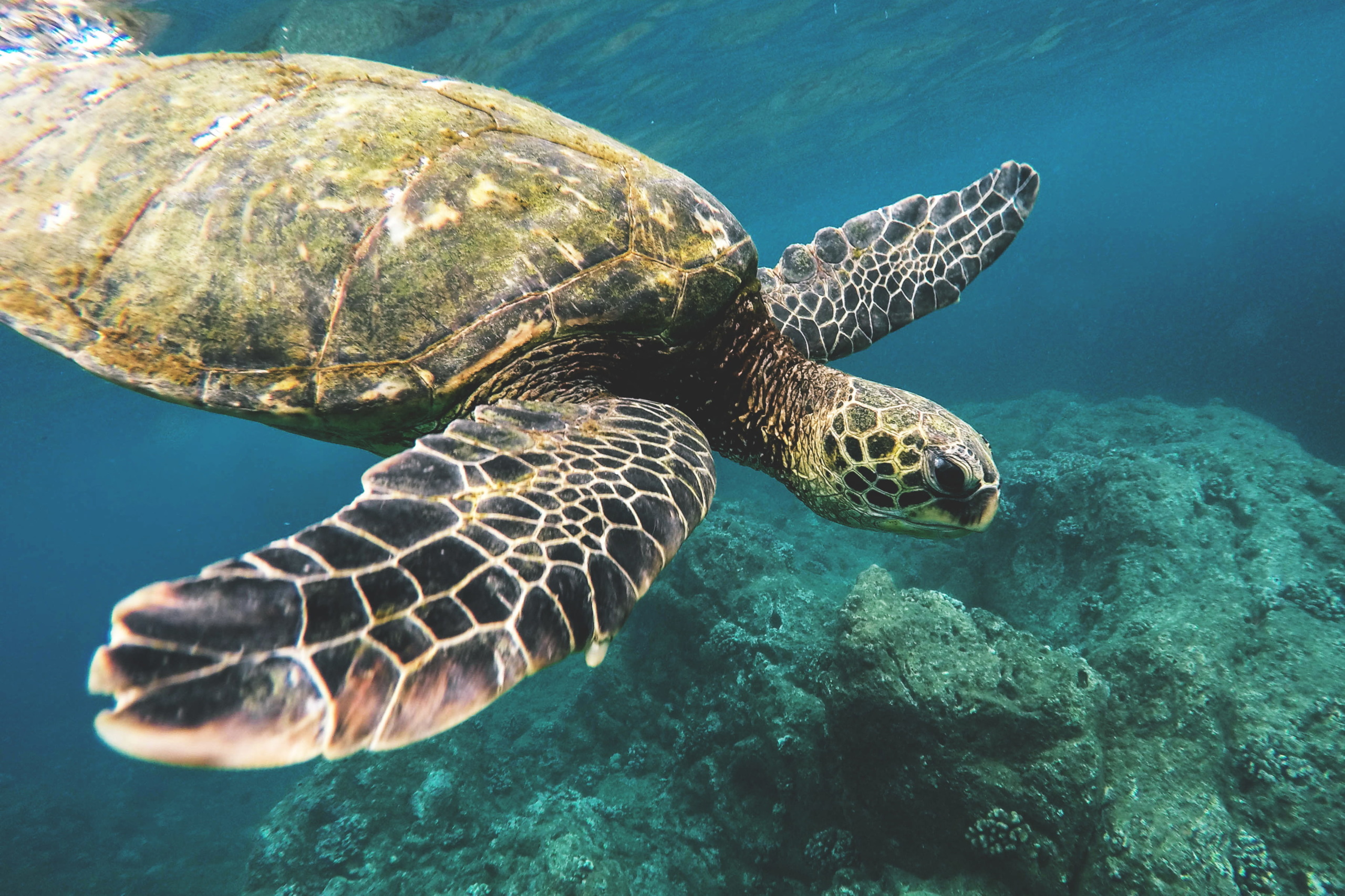
Help protect vital habitat for the Green sea turtle
On World Ocean Day, a look at the Texas ocean
TAKE ACTION
Intern
The Gulf of Mexico, an ocean basin of the Atlantic, stands as a dynamic and thriving ecosystem, providing a habitat for diverse marine species. However, the intricate balance of this ecosystem faces substantial challenges. This blog post sheds light on five major threats that endanger the species, including but not limited to whales, coral reefs, and fish populations inhabiting the Gulf of Mexico.
Oil Spills
One of the most pressing threats to the Gulf of Mexico’s species is the occurrence of oil spills. With extensive offshore oil and gas exploration and production activities, this region remains susceptible to accidents and spills. The 2010 Deepwater Horizon oil spill is a poignant example, releasing approximately 134 million gallons of oil into the Gulf and inflicting widespread damage upon marine habitats. The consequences were devastating, with long-lasting ecological disruptions, water contamination, and harm to marine life due to oil-coating feathers, fur, and vital habitats. Oil companies extract 1.8 million barrels of oil every day from the Gulf of Mexico, creating an extraordinary risk to the environment and diverse wildlife inhabiting the region.
Overfishing
Unsustainable fishing practices pose a significant threat to the species within the Gulf of Mexico. Illegal fishing, bycatch, and the use of destructive fishing gear deplete fish populations, disrupt marine food chains, and harm critical habitats such as coral reefs and seagrass beds. The ramifications of overfishing extend beyond the targeted species, creating cascading effects throughout the ecosystem that impact predator-prey relationships and overall biodiversity. According to an ESPN report, ‘Greater amberjack, red grouper, red snapper, and vermilion snapper in the Gulf of Mexico continue to be identified as overfished species.’
Habitat Destruction
The destruction of habitats within the Gulf of Mexico severely threatens its diverse species. Activities such as coastal development, land reclamation, and the eradication of wetlands diminish the availability of crucial breeding and feeding grounds for numerous marine organisms. Moreover, trawling, a practice involving the dragging of nets across the seafloor, inflicts physical damage on fragile habitats such as coral reefs and deep-sea ecosystems, further upsetting the delicate equilibrium of the region.
Pollution and Nutrient Runoff
The Gulf of Mexico’s species faces a significant threat from pollution and nutrient runoff from human activities. Agricultural runoff, industrial discharges, and untreated sewage introduce harmful chemicals, toxins, and excessive nutrients into the water. This detrimental influx can cause algal blooms, oxygen depletion, and dead zones—areas where oxygen levels are insufficient to sustain marine life. These pollutants can poison fish, destroy habitats, and impact marine species’ reproductive and developmental abilities long-term.
Climate Change
Even the Gulf of Mexico is not impervious to the far-reaching effects of climate change, which represents a grave threat to its species. Rising sea temperatures, ocean acidification, sea-level rise, and intensified weather events significantly impact marine ecosystems. Coral reefs, for instance, are highly vulnerable to ocean warming, leading to bleaching events and widespread coral mortality. Climate change also disrupts migration patterns, alters food availability, and causes shifts in the distribution of marine species, further endangering the Gulf’s delicate balance.
Summary
The Gulf of Mexico’s diverse marine ecosystem confronts significant threats that have the potential for far-reaching consequences on its species. Addressing these challenges necessitates a comprehensive approach encompassing robust environmental regulations, sustainable fishing practices, habitat preservation, pollution reduction, and climate change mitigation. By fostering awareness about these major threats and implementing effective conservation measures, we can work towards safeguarding the Gulf of Mexico’s unique and invaluable species, ensuring their survival for future generations to cherish.
Intern
